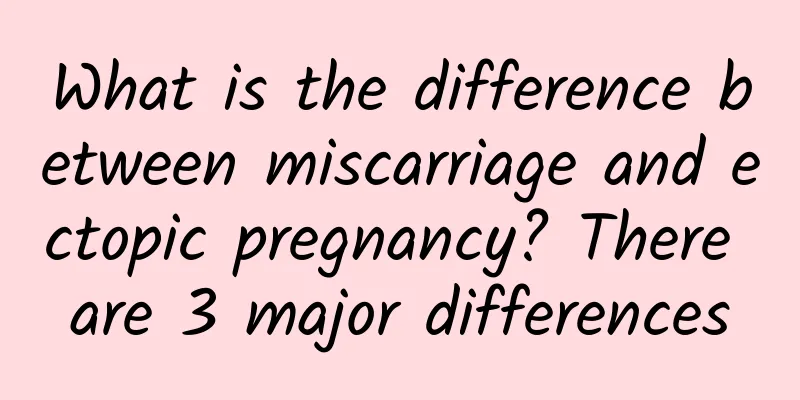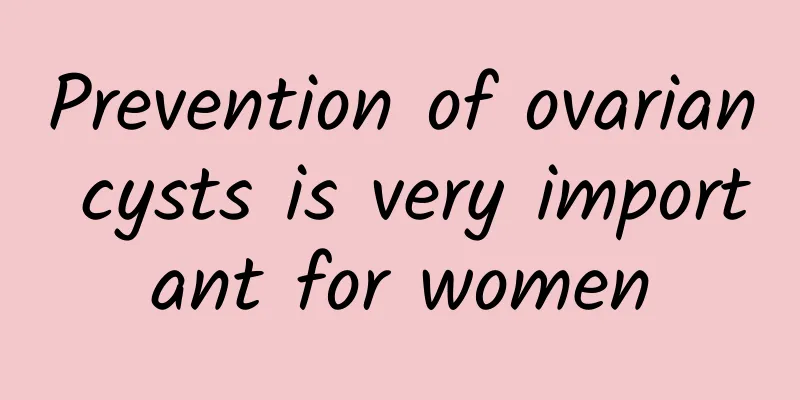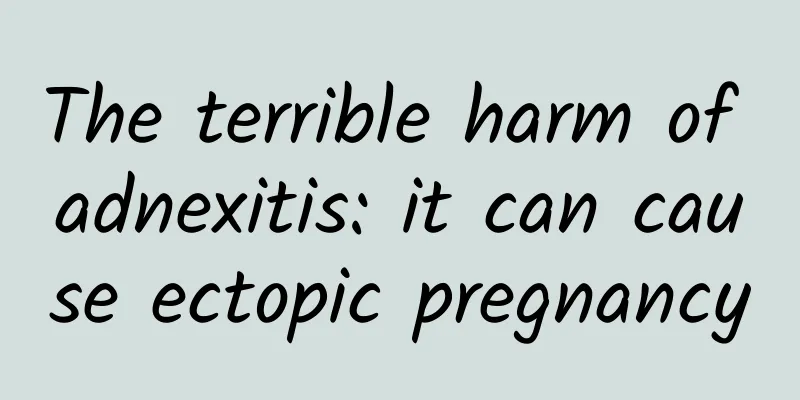What is the difference between miscarriage and ectopic pregnancy? There are 3 major differences

|
The fundamental difference between miscarriage and ectopic pregnancy can be distinguished from many aspects, such as amenorrhea, vaginal bleeding, abdominal pain, etc. When a woman has vaginal bleeding, if it is an ectopic pregnancy, the bleeding is usually dark red or heavy bleeding. If it is a threatened miscarriage, it is usually a small amount of bleeding, or it may be heavy bleeding, irregular bleeding, and the color is usually blood clots. In real life, during pregnancy, women have to endure many unexpected events, such as miscarriage or ectopic pregnancy. Many women cannot distinguish the adverse symptoms caused by miscarriage and ectopic pregnancy. So, what is the difference between miscarriage and ectopic pregnancy? Let's find out! |
<<: What are the effects of spontaneous abortion on the body? You will know after reading this
>>: What is the difference between abortion and artificial abortion? Let's take a look
Recommend
What are the treatments for vaginitis?
Different vaginitis treatment methods are also di...
Uterine fibroids are often associated with infertility
Do you know the harm of uterine fibroids? If uter...
Do this squat! Remember these 4 points to avoid NG
Squats work your glutes, quadriceps, hamstrings, ...
What causes dysmenorrhea?
Dysmenorrhea is not a strange thing for female fr...
What causes cervical erosion?
Cervical erosion in young people is a physiologic...
The reason why a small number of maternal traumas can cause vulvar leukoplakia
Benign keratotic lesions in the vulva are called ...
When taking photos, your double chin appears, making you look fat and old! 7 tips to get rid of double chin by pouting and making faces
The angle when taking the photo was not good, whi...
Slim your lower body in 2 weeks! Just rely on 4 simple weight loss exercises
Due to their natural structure, women have more f...
How to adjust your diet after miscarriage? What should you pay attention to after miscarriage?
Women who have just had an abortion must pay more...
Traffic lights for fat kids to lose weight! Less sodium, stay away from high blood pressure
Being fat is not a blessing, especially childhood...
Ren Rongxuan lost 8 kg and reduced body fat by 8% in 4 months! Medical revelation: Breaking through the bottleneck of weight loss and the secret of beautiful transformation
Artist Ren Rongxuan has lost weight successfully ...
Diagnosis of dysmenorrhea
A history of recurrent pelvic inflammatory diseas...
Beware of the causes of chocolate cysts
We must understand the causes of chocolate cysts....
What are the symptoms of uterine contractions after painless abortion? Two things to note after painless abortion
Abortion is an act that women do to resolve unexp...
Why do uterine fibroids grow larger during pregnancy? Does pregnancy cause uterine fibroids to grow larger?
Why do uterine fibroids grow larger during pregna...









